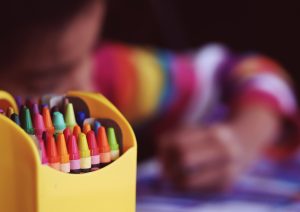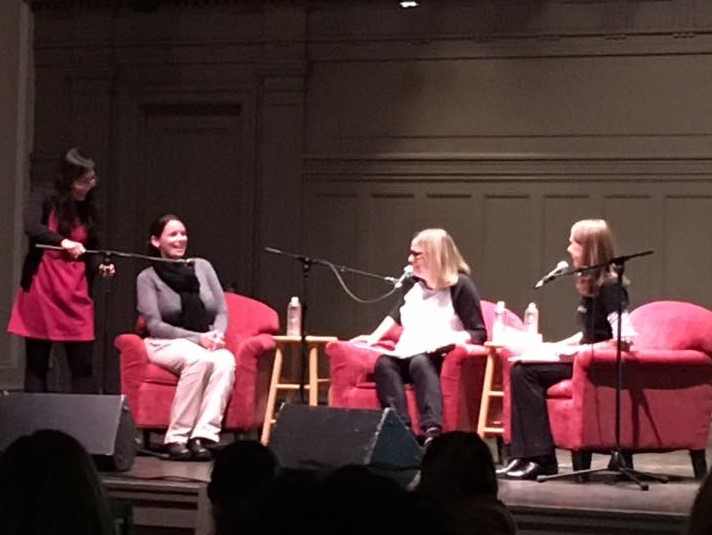When talking with a third-year teacher a while back, we were talking about the difference between a student-centered class and a teacher-centered class. I made the comment that I think whoever is doing the talking is doing the learning. She sat back and thought for a minute, then said, “my first year teaching I did so much talking, and I learned so much!” She wasn’t so sure the same was true for her students.
This idea of considering who is doing the most talking has helped me many times over the years. It is even a line in my Manifesto on Teaching.
It is easy to talk a lot as teachers. We have a built in audience. We (hopefully) have interesting things to share. We have objectives to teach.
And it can happen to all of us. In our first years we are working so hard to get by, that it can be easy to default to teacher-centered practices such as a lecture with a PowerPoint. As experienced teachers, we can fall behind and want to “get through” material that we may opt for the efficiency of teacher-centered practices.
However, if we are always the one doing the talking what does that mean for our students?
Ya, but…
You’re probably there are many ways to be an active learner besides talking. And we all know that just because someone is talking does not necessarily mean they are learning.
But I do think that if we step back and consider who is doing the talking in our classes it can give us insight about who is learning and what they are learning. It can help us to see if students are at the center of the learning. It can help us to consider how we are making space for students to share their knowledge, experience, and learning. It can remind us to step back and listen a bit more.
In your class, who does most of the talking? What does this mean for the learning and the environment?

 o seems to be off today.
o seems to be off today. My wise colleague, Julie, taught me this phrase. She always considers how she can start with a question, whether in conversations with students, colleagues, or parents. As Julie and I have discussed this idea over the years, we have come to recognize that starting with a question creates an inviting atmosphere and an opportunity for dialogue. I believe in this idea so much, it is the first line in my
My wise colleague, Julie, taught me this phrase. She always considers how she can start with a question, whether in conversations with students, colleagues, or parents. As Julie and I have discussed this idea over the years, we have come to recognize that starting with a question creates an inviting atmosphere and an opportunity for dialogue. I believe in this idea so much, it is the first line in my 
